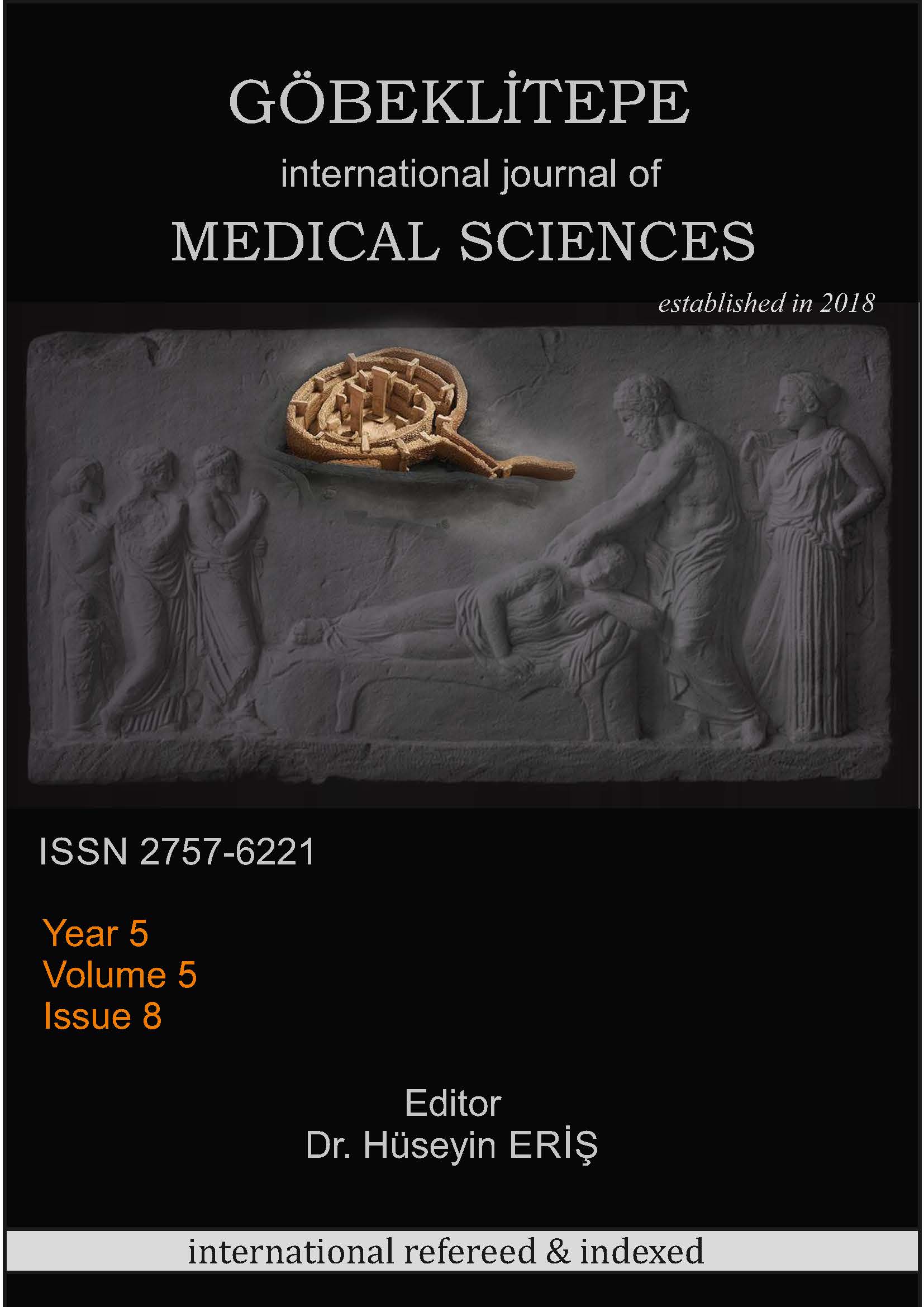(The Relationship between Premenstrual Syndrome Symptoms and Eating Attitudes in Adolescents
DOI:
https://doi.org/10.55433/gsbd.192Keywords:
Adolescent, Eating Attitude, Premenstrual SyndromeAbstract
The aim of this study is to determine the relationship between premenstrual syndrome symptoms and eating attitudes in adolescents. Materials and Methods: In this study, which was conducted in correlational research type, data were obtained from 250 adolescents between the ages of 15-21. Data were collected via an online questionnaire. Personal Information Form, Premenstrual Syndrome Scale and Eating Attitude Test Short Form were used as data collection tools. Descriptive statistics and Pearson correlation analysis were used to evaluate the research data.. Results: it was determined that the total mean score of the Premenstrual Syndrome scale of the adolescents was 44.34±39.74, and the mean total score of the EAT was 13.41±10.00. It was determined that 79.6% of the adolescents participating in the study had positive premenstrual syndrome symptoms, and 20.4% had an eating attitude disorder. Eating attitude disorder was found to be statistically significant in 23.1% of adolescents with positive premenstrual syndrome symptoms (X2=4.430, p=.035). It was determined that as the premenstrual syndrome scale score of the adolescents increased, the scores of the eating attitude test increased, and there was a weak positive correlation between them (r=.181, p=.004). Conclusion: In the study, it was determined that there is a weak positive relationship between premenstrual syndrome and eating attitudes in adolescents, and 23.1% of adolescents who experience premenstrual syndrome symptoms have eating attitude disorders. Regulation of eating habits will be effective in improving the quality of life and general health of adolescents who experience premenstrual syndrome symptoms.





